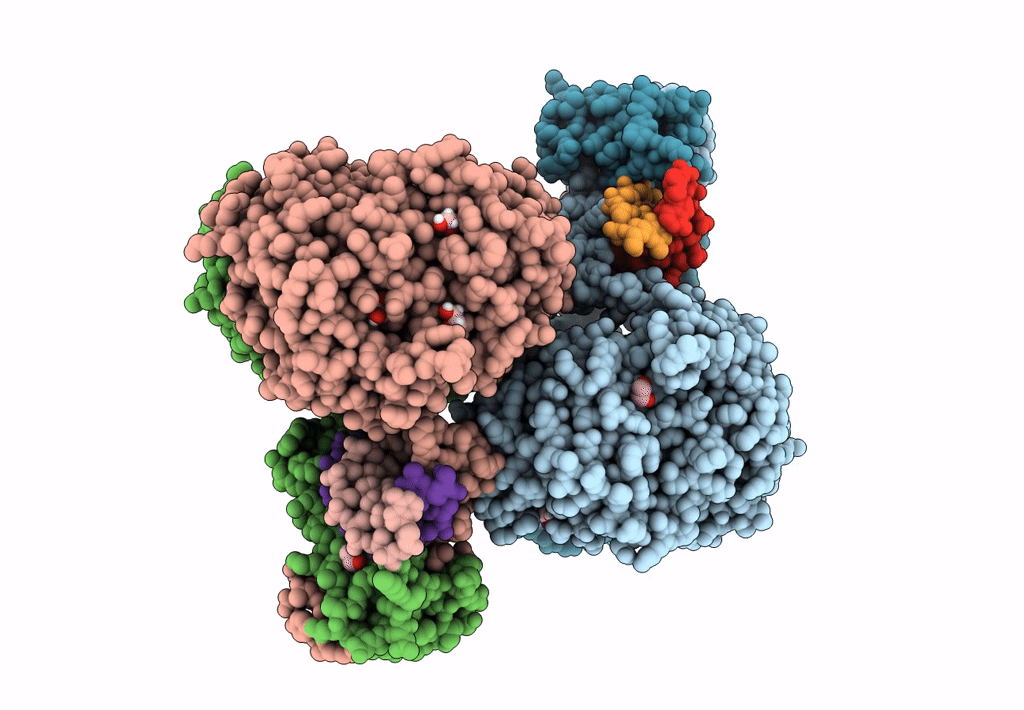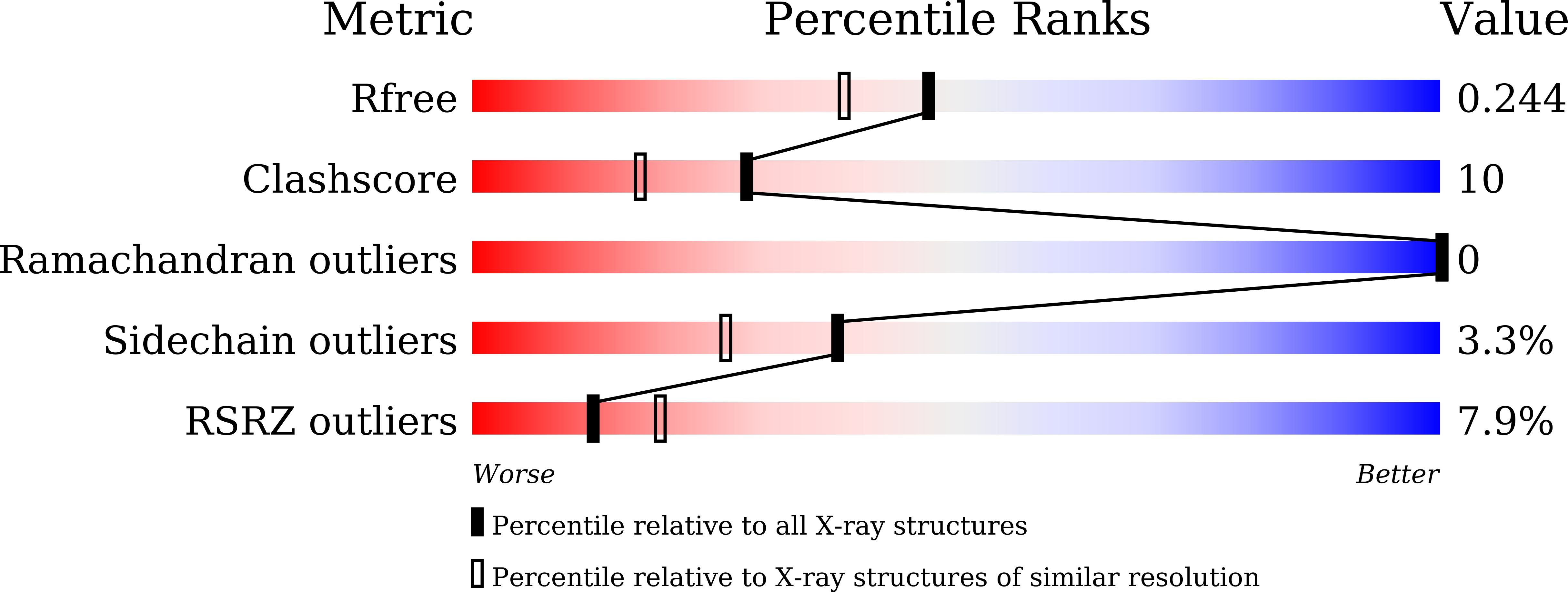
Deposition Date
2021-10-10
Release Date
2022-12-07
Last Version Date
2023-11-29
Entry Detail
PDB ID:
7VN5
Keywords:
Title:
Crystal structure of MBP-fused BIL1/BZR1 (21-90) in complex with double-stranded DNA contaning TTCACGTGAA
Biological Source:
Source Organism:
Serratia sp. (strain FS14) (Taxon ID: 1327989)
Arabidopsis thaliana (Taxon ID: 3702)
synthetic construct (Taxon ID: 32630)
Arabidopsis thaliana (Taxon ID: 3702)
synthetic construct (Taxon ID: 32630)
Host Organism:
Method Details:
Experimental Method:
Resolution:
1.95 Å
R-Value Free:
0.24
R-Value Work:
0.20
R-Value Observed:
0.21
Space Group:
P 1 21 1


